Planting trees in sandy soil can feel like a bit of a guessing game. The ground drains fast, nutrients don’t always stick around, and your trees might struggle more than they would in richer soil. It’s not impossible to grow healthy, thriving trees in sandy conditions—but it does take some specific know-how. A few simple missteps can lead to frustration (and dead trees), but getting a few key things right from the start can make all the difference.
In this post, we’re calling out eight of the most common mistakes people make when planting in sandy soil—things like watering issues, choosing the wrong tree species, or skipping proper prep work. And then we’ll walk through eight practical tips that actually help. No fluff, no guesswork—just real info to make sure the time and money you put into planting pays off.
Mistake 1: Overwatering

Sandy soil drains quickly, leading many to overwater in an attempt to compensate. This can drown the roots, depriving them of essential oxygen. Balance is key. Monitor the soil moisture and water only when the topsoil is dry, ensuring deep root hydration without excess.
Understanding the natural drainage of sandy soil helps in adjusting watering practices. Frequent shallow watering encourages surface roots, which are vulnerable to heat and drought.
Consider mulching to retain moisture, protecting roots from temperature extremes and promoting a healthy growing environment.
Mistake 2: Ignoring Soil Amendments

Sandy soil often lacks organic matter, essential for tree nutrition and water retention. Skipping amendments can lead to nutrient deficiencies and poor growth. Incorporate organic matter like compost or peat moss to improve soil structure.
This practice enriches the soil, fostering beneficial microorganisms and enhancing nutrient availability. Without amendments, trees struggle to establish, and growth may be stunted.
Taking time to enhance soil quality before planting lays the foundation for robust and resilient trees, ready to thrive in challenging conditions.
Mistake 3: Planting Too Deep
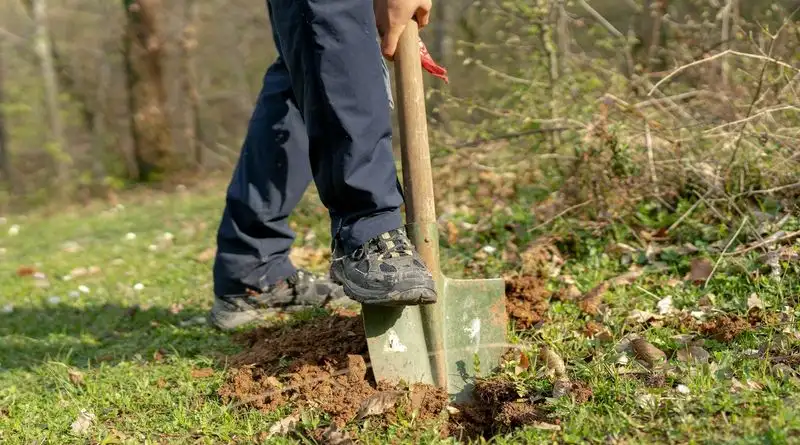
Planting a tree too deeply can suffocate its roots, depriving them of air and light. In sandy soil, trees should be planted at the same depth as they were in their nursery pot.
Exposing the root flare ensures proper growth and access to oxygen. If planted too deep, roots may rot, leading to health issues.
Careful attention to planting depth supports a tree’s ability to anchor itself, absorb nutrients, and resist disease, ensuring a healthier life cycle.
Mistake 4: Incorrect Tree Species
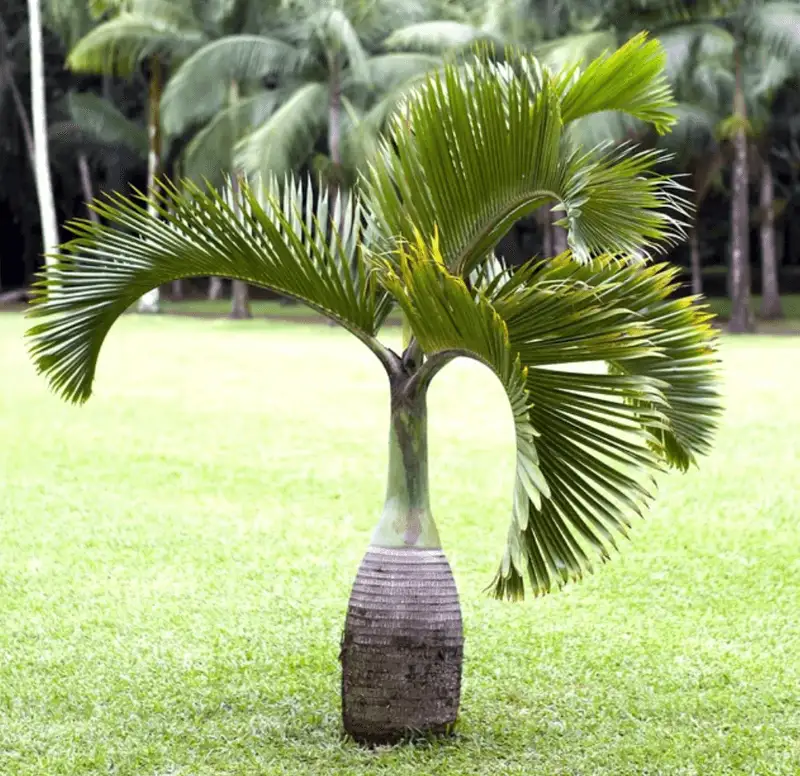
Choosing the wrong tree species for sandy soil can lead to disappointment. Not all trees thrive in sandy environments; selecting species adapted to these conditions is crucial.
Research native or well-suited species, considering factors like drought tolerance and root spread. The wrong choice can result in poor growth or tree failure.
Consult with local experts or resources to ensure your selected tree will flourish, providing shade, beauty, and benefits for years to come.
Mistake 5: Lack of Mulching
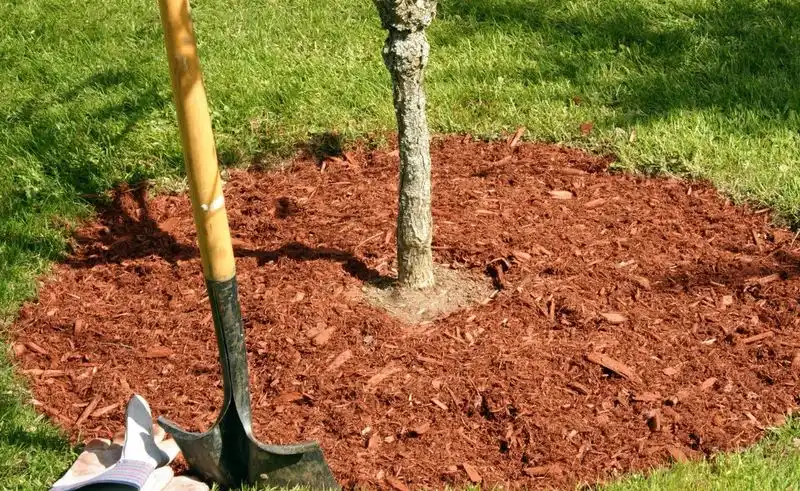
Mulching around a tree helps retain moisture and regulate soil temperature, especially important in sandy soil. Without mulch, roots may dry out, and temperature fluctuations can stress the tree.
Apply a layer of organic mulch around the base, keeping it away from the trunk. This practice supports a stable environment, reduces competition from weeds, and enhances soil fertility.
Mulching acts as a protective barrier, enabling trees to focus on growth rather than survival, leading to a stronger and healthier plant.
Mistake 6: Neglecting Wind Protection

Sandy soil often accompanies windy conditions, which can stress young trees. Without wind protection, trees may struggle to establish strong roots.
Consider using stakes, barriers, or planting windbreaks to shield young saplings. This support allows trees to focus on growth, rather than stabilization.
Neglecting wind protection can lead to bent trunks or uprooted trees. Providing shelter helps in root development and overall tree health, ensuring a solid start in a challenging environment.
Mistake 7: Overfertilizing
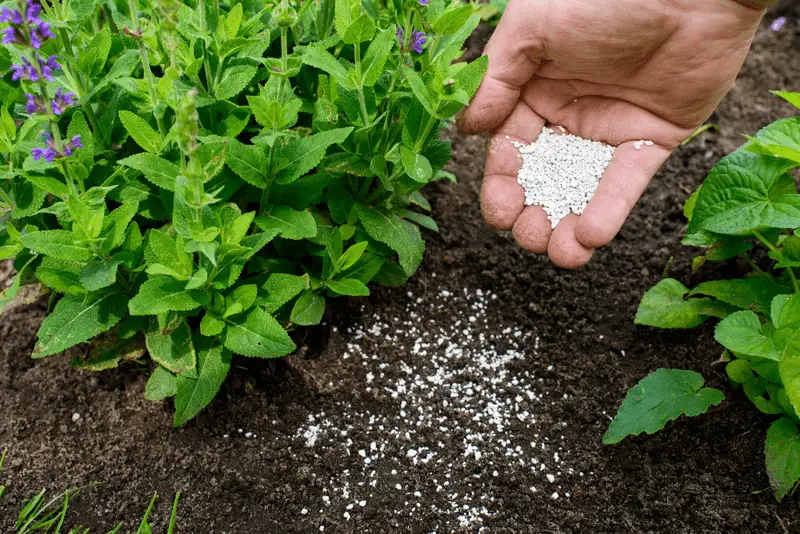
Sandy soil’s poor nutrient retention often leads to overfertilization. This can burn roots, causing more harm than good. Use fertilizers judiciously, opting for slow-release formulations.
Conduct soil tests to understand existing nutrient levels, tailoring applications to specific needs. Excessive fertilization can lead to nutrient imbalances and environmental issues.
Proper fertilization supports healthy growth without overwhelming the tree, ensuring long-term vitality and productivity in sandy soils.
Mistake 8: Skipping Routine Inspections

Routine inspections help identify issues early, crucial in sandy soils where problems can escalate quickly. Skipping these checks may result in unnoticed stress or disease.
Regularly examine the tree’s appearance, soil condition, and moisture levels. Promptly address any abnormalities to prevent long-term damage.
By staying vigilant, you can catch problems before they affect the tree’s health, ensuring a thriving landscape where trees grow robust and resilient.
Tip 1: Choose Drought-Resistant Species
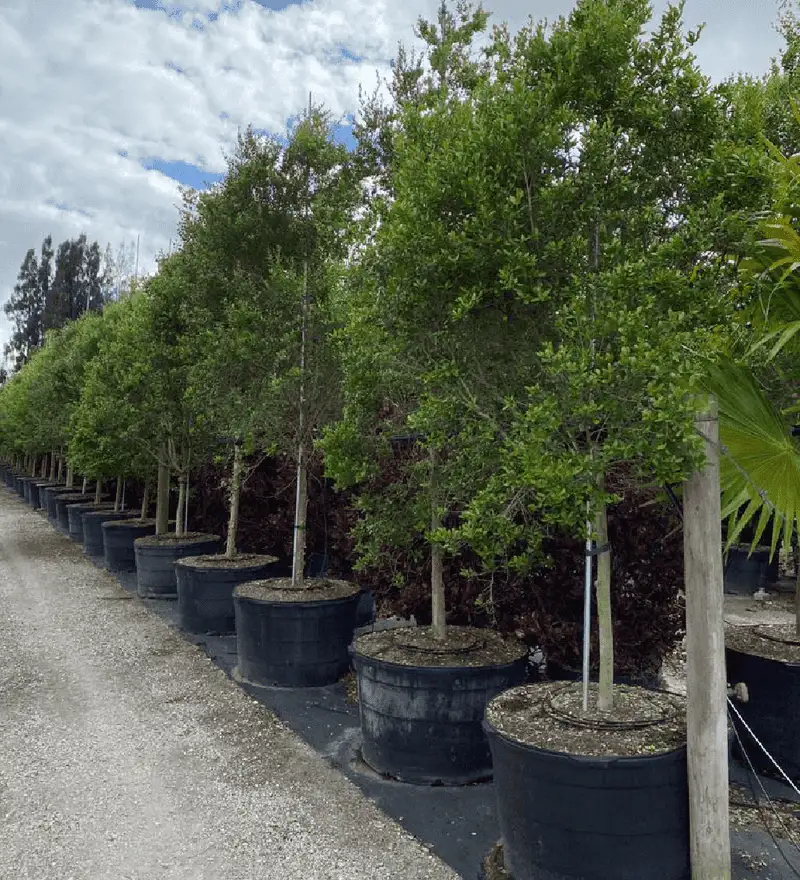
Opt for drought-resistant tree species to thrive in sandy soil’s quick-draining nature. These species, adapted to dry conditions, require less water and endure well in challenging environments.
Research native or well-suited species, considering factors like root depth and growth habits. This choice ensures trees receive the best start, suited to their environment.
Selecting the right species leads to robust trees that provide beauty and shade without constant care, enhancing your landscape effectively.
Tip 2: Incorporate Organic Matter
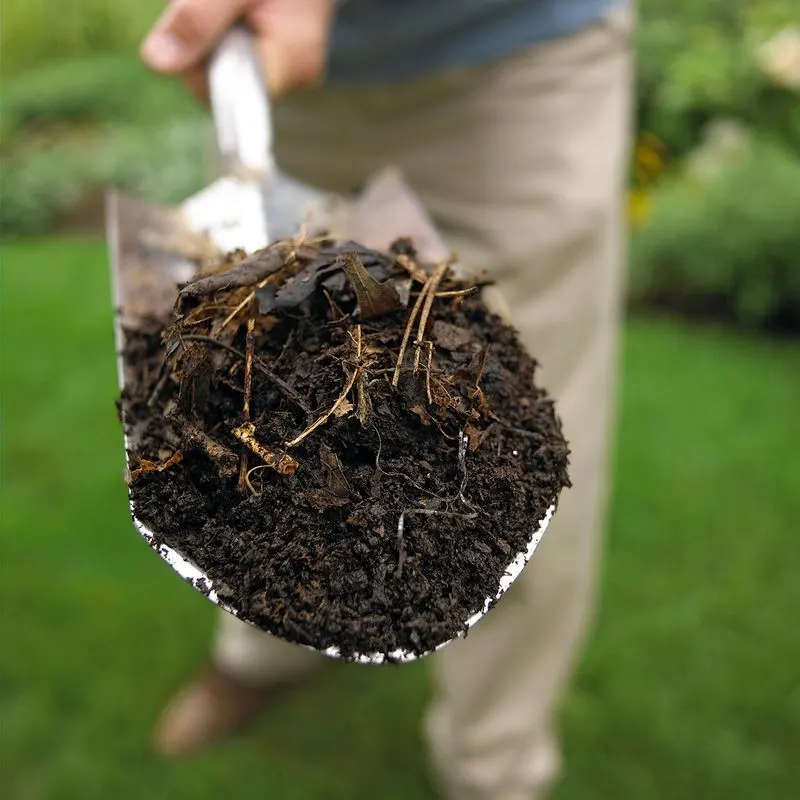
Enhancing sandy soil with organic matter improves its structure and nutrient content. Compost or well-rotted manure retains moisture and supports root development.
This addition fosters a thriving ecosystem within the soil, beneficial for tree growth. Regularly replenish organic material to maintain soil health.
Enriching the soil with organic matter creates a nurturing environment, enabling trees to establish themselves more effectively and thrive in otherwise harsh conditions.
Tip 3: Implement a Watering Schedule

Establishing a consistent watering schedule ensures trees in sandy soil receive adequate moisture without overwatering. Drip irrigation systems can be especially effective, providing slow, deep hydration.
Monitor soil moisture and adjust watering based on weather conditions, avoiding the extremes of drought or saturation. Consistent watering promotes strong root systems and overall health.
This strategy ensures trees have the moisture they need, supporting growth and resilience in sandy environments.
Tip 4: Use Mulch Wisely
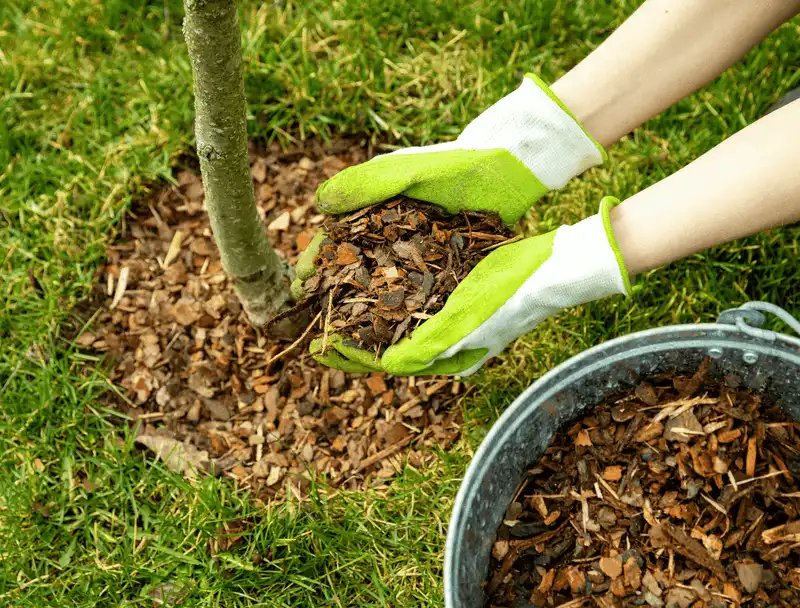
Applying mulch around trees in sandy soil conserves moisture and stabilizes soil temperature. Choose organic mulches like wood chips or bark, replenishing as needed to maintain effectiveness.
Mulch acts as an insulation layer, reducing evaporation and protecting roots from temperature extremes. Avoid piling mulch against the trunk to prevent rot.
Proper mulching supports a healthy growing environment, promoting tree vitality and reducing maintenance efforts in sandy landscapes.
Tip 5: Provide Windbreaks

Creating windbreaks shields young trees from harsh winds common in sandy areas. Plant shrubs or construct barriers to buffer prevailing winds, supporting tree stability and growth.
Windbreaks reduce stress on trees, allowing them to focus on establishing strong root systems and foliage. This protection fosters a more favorable microclimate.
By minimizing wind impact, trees grow straighter and more robust, ensuring long-term success in exposed environments.
Tip 6: Fertilize Appropriately
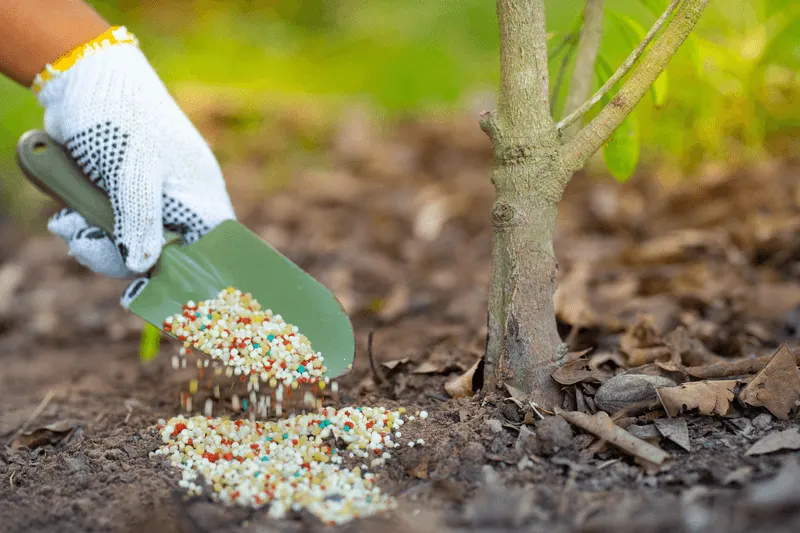
Use fertilizers sparingly in sandy soil, opting for formulations that release nutrients slowly. Conduct soil tests to tailor fertilizer applications to the specific needs of your trees.
Excessive fertilization can lead to runoff and environmental harm, while insufficient feeding stunts growth. Find a balanced approach to support vigorous development.
Proper fertilization ensures trees receive necessary nutrients without overwhelming them, fostering lush growth and sustainability in sandy conditions.
Tip 7: Regular Monitoring and Care
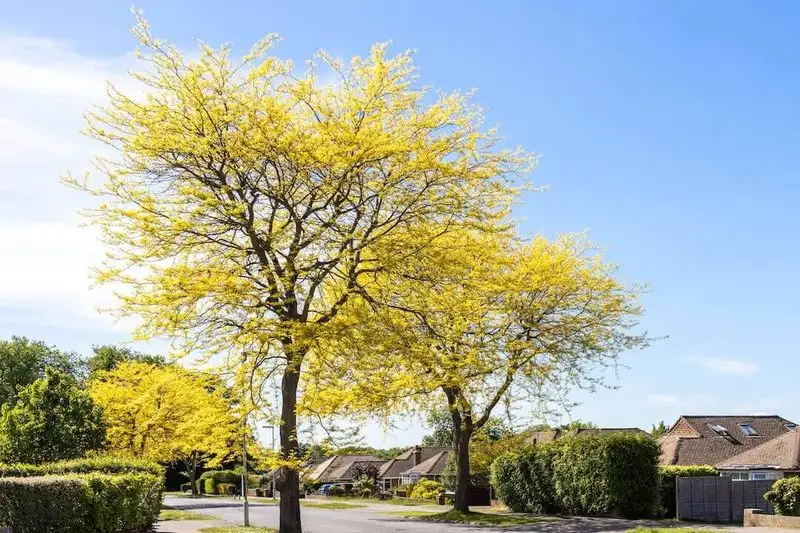
Consistent monitoring is vital for trees in sandy soil, where changes can rapidly affect health. Regularly check for signs of stress or disease, and address issues promptly.
Routine care includes inspecting leaves, soil moisture, and growth patterns, ensuring trees remain healthy and vibrant. Proactive measures prevent minor problems from escalating.
By dedicating attention to your trees, you ensure a thriving landscape, where trees grow strong and resilient against the challenges of sandy soil.
Tip 8: Educate Yourself on Local Conditions

Understanding local conditions helps in making informed decisions when planting trees in sandy soil. Research climate, native species, and soil characteristics to tailor your approach.
Consult with local gardening experts or join community workshops to gain insights specific to your region. Knowledge empowers successful planting and long-term growth.
Being informed ensures your efforts are well-directed, leading to a flourishing landscape that thrives in harmony with local conditions.

